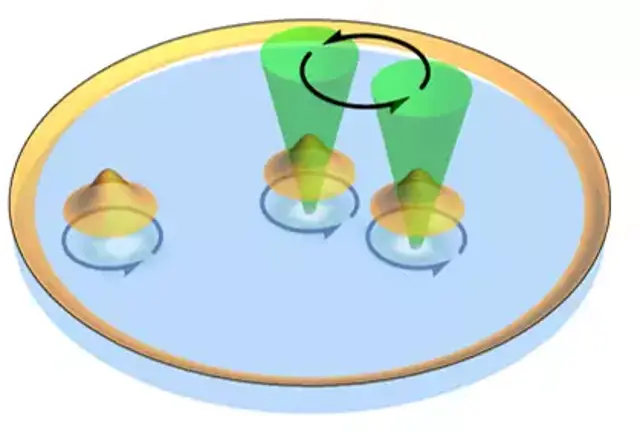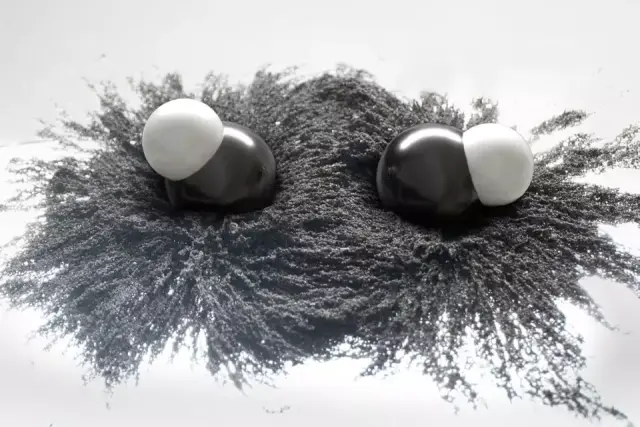14 May 2024
Xinyu Luo receives ERC Consolidator Grant
With the funding, the researchers take on one of the central challenges of modern physics today – the creation and investigation of unconventional superfluids.
On the 1st of May 2024, a new independent research group “ultracold lithium-rubidium molecules” has started at MPQ. Dr. Xinyu Luo, research group leader in the quantum many body division and MCQST member, has been awarded the renowned ERC Consolidator Grant of two million Euros. With these funds, he aims to create a new species of polar molecules at unprecedented low temperatures, just a few nanokelvins above absolute zero. These fermionic molecules can pair up in a spinning motion and move together without resistance, forming so-called p-wave superfluids – matter that flows frictionless – and even a Bose-Einstein condensate of tetratomic supermolecules when the dipolar attraction is strong enough. Both are exotic quantum matters that scientists have long been seeking for. These results might eventually help to realize fault-tolerant quantum computing using ultracold molecules. Moreover, they could shed light on a few long-standing mysteries in physics, such as understanding the behavior of helium-3 superfluids, unraveling the secrets of high-temperature superconductors, and even exploring how neutron stars evolve.
What could helium-3 superfluids, high-temperature superconductors, and the cores of neutron stars have in common, despite their vast differences in temperature, density, and constituent? They are (or are predicted to be) all superfluids composed of fermion particles with half-integer spin. In particular, fermions in those superfluids pair up with nonzero angular momentum, a feature distinct from the s-wave (zero angular momentum) pairing in conventional superconductors. These exotic superfluids are often complex, such as in high-temperature superconductors, and some, like those in neutron stars light-years away, cannot be studied experimentally, leaving many mysteries unresolved. Understanding these superfluids is one of the core challenges in modern physics.

The biggest challenge to realizing dipolar superfluid of molecules is the efficient cooling of polar molecules, which is so far limited by the small number of molecules and relatively short lifetimes. The key is to first produce a large sample of molecules with a large electric dipole moment. The lithium and rubidium combination offers the potential to produce unprecedentedly large samples of molecules, as well as orders of magnitude longer lifetimes compared to existing fermionic polar molecules. These factors make lithium-rubidium molecules an ideal platform for realizing and exploring p-wave superfluidity.

“In the new lab, we will develop a compact and flexible dual-species/polar molecule setup using new technologies, in order to reduce the complexity and barriers of implementing ultracold polar-molecule experiments. Looking to the future, this might be the first step towards a practical quantum computer based on ultracold polar molecules.” added Dr. Xinyu Luo.
Source: MPQ Website